Scottish Road Trip Part Three: Nessie, Inverness, Durness & John O'Groats
An early morning visit to the 13th century Eileen Donan Castle, situated on the Kyle of Lochalsh, set the tone for the day; stunning landscapes steeped in history. But as fantastic as Eileen Donan was, we had bigger fish to fry that day.
Despite numerous explorations having ruled out the existence of Old Nessie, the three Spaniards and I found it hard not to scan for disturbances in the water as we passed the shores of the famous Loch Ness - there were many protuberances, but all turned out to be rocks or tree branches, rather than long-necked water monsters. But such a deep (226m at its most extreme) and mysterious stretch of water seems a natural harbour for secrets; so as we stopped at a nature reserve by the water's edge, we couldn't help but peer through the branches of the Scots pines to see if the great monster might change his (or her) mind and make an appearance.
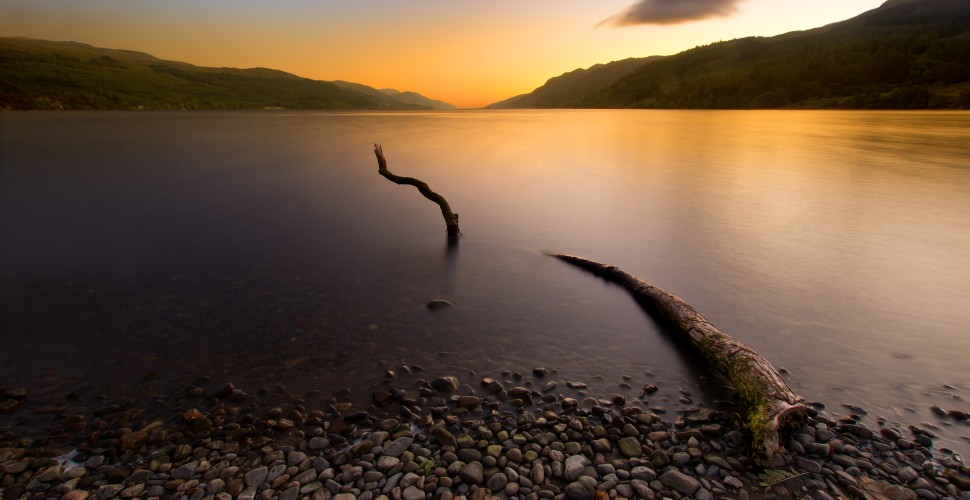 Loch Ness, ScotlandNo such appearance was made. We did however, spot the very rare red squirrel – a timorous but beautiful animal that has been edged out by the ubiquitous grey (tending as it does to nab the red's food).
Loch Ness, ScotlandNo such appearance was made. We did however, spot the very rare red squirrel – a timorous but beautiful animal that has been edged out by the ubiquitous grey (tending as it does to nab the red's food).
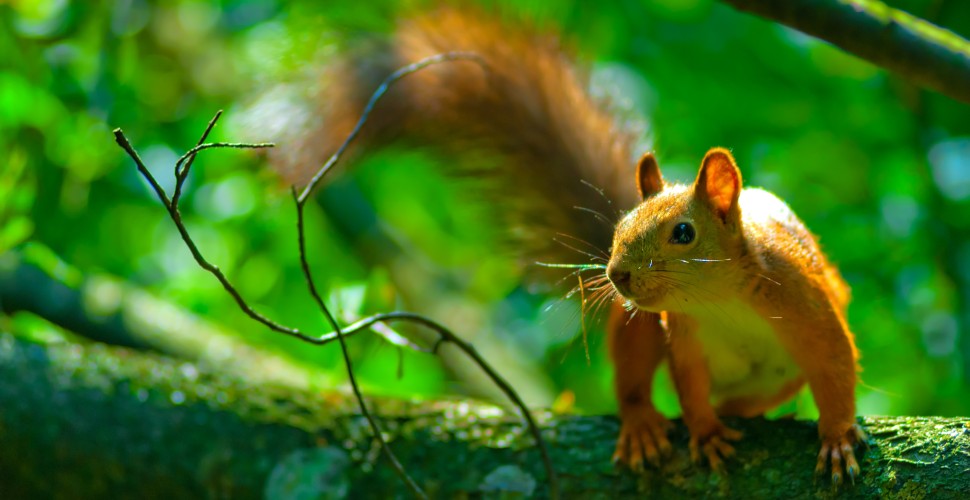 Satisfied with our red squirrel sighting, as well as with the beautiful setting of Loch Ness, we clambered back into our Corsa and headed north-east to Inverness, the capital of the Scottish Highlands. Inverness came fifth in a recent UK quality of life survey which examined 189 UK cities - it was easy to see why. The combination of a flourishing economy and access to some of the most breath-taking countryside in the world has seen this city become one of the fastest-growing in Europe.Myself and the driver, M, were keen to expand our knowledge of the Scottish ale industry, as well as that of the Scottish whiskey industry. We did this with some effort; our female companions exhibiting less enthusiasm about these pillars of the Scottish economy. Our passion won out however, and we discovered that Inverness, as we suspected, offered a number of friendly and well-stocked bars. Top marks.
Satisfied with our red squirrel sighting, as well as with the beautiful setting of Loch Ness, we clambered back into our Corsa and headed north-east to Inverness, the capital of the Scottish Highlands. Inverness came fifth in a recent UK quality of life survey which examined 189 UK cities - it was easy to see why. The combination of a flourishing economy and access to some of the most breath-taking countryside in the world has seen this city become one of the fastest-growing in Europe.Myself and the driver, M, were keen to expand our knowledge of the Scottish ale industry, as well as that of the Scottish whiskey industry. We did this with some effort; our female companions exhibiting less enthusiasm about these pillars of the Scottish economy. Our passion won out however, and we discovered that Inverness, as we suspected, offered a number of friendly and well-stocked bars. Top marks.
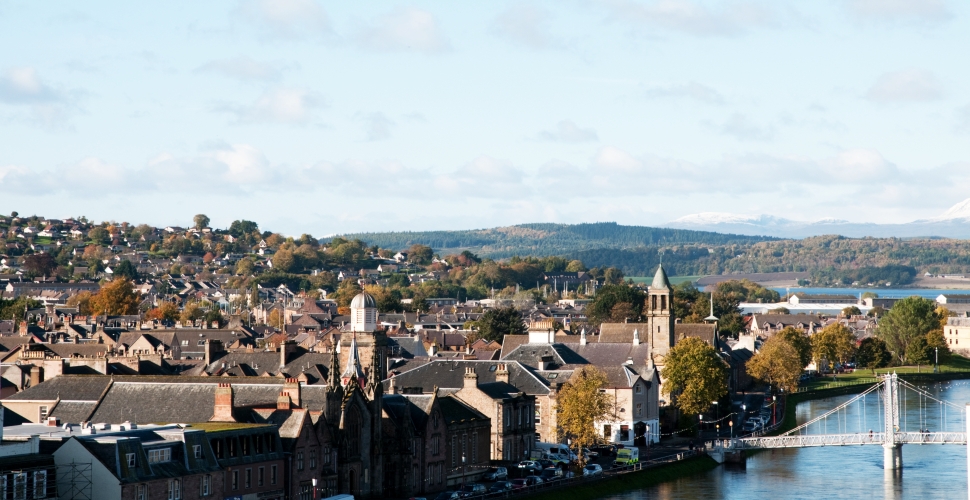 Inverness, ScotlandOne of the key lessons from our road trip by this point was that Scotland simply has too much in it to be seen in 11 days. This was in mind as we left Inverness the next day, too short of time to explore the city's non-pub attractions.The next big destination was the most northerly tip of mainland UK, John O'Groats. To get there though, we took an indirect, but very beautiful route, towards picturesque Ullapool on the west coast. Situated in the North Atlantic Drift, Ullapool enjoys a moderate climate, where incongruous palm-like trees survive with ease.
Inverness, ScotlandOne of the key lessons from our road trip by this point was that Scotland simply has too much in it to be seen in 11 days. This was in mind as we left Inverness the next day, too short of time to explore the city's non-pub attractions.The next big destination was the most northerly tip of mainland UK, John O'Groats. To get there though, we took an indirect, but very beautiful route, towards picturesque Ullapool on the west coast. Situated in the North Atlantic Drift, Ullapool enjoys a moderate climate, where incongruous palm-like trees survive with ease.
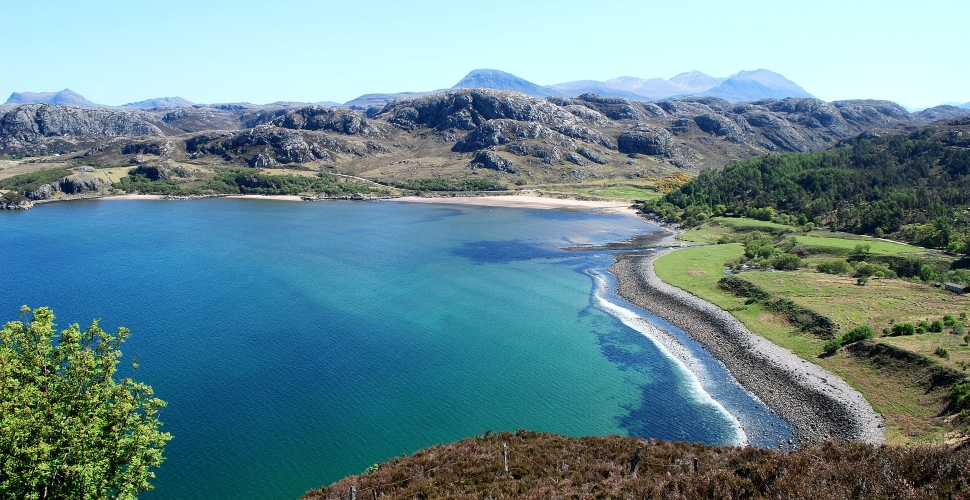 Ullapool, ScotlandKeen to press on, we drove north east along windy roads where at times we were the only vehicle for many miles. Beautiful but barren areas such as this seem to fly in the face of the notion that Britain is overcrowded. Man seemed uninterested in this land. Pretty miniature lochs and wild, rugged scenery dominated our view, in which the road was the only man-made object. Glorious mountains reared up out of the seas and lochs as we moved towards the north coast. September sunshine flared down on us, then softened and faded as darkness fell. After some navigational hiccups, we found our pre-booked accommodation in Durness, where we slept soundly.
Ullapool, ScotlandKeen to press on, we drove north east along windy roads where at times we were the only vehicle for many miles. Beautiful but barren areas such as this seem to fly in the face of the notion that Britain is overcrowded. Man seemed uninterested in this land. Pretty miniature lochs and wild, rugged scenery dominated our view, in which the road was the only man-made object. Glorious mountains reared up out of the seas and lochs as we moved towards the north coast. September sunshine flared down on us, then softened and faded as darkness fell. After some navigational hiccups, we found our pre-booked accommodation in Durness, where we slept soundly.
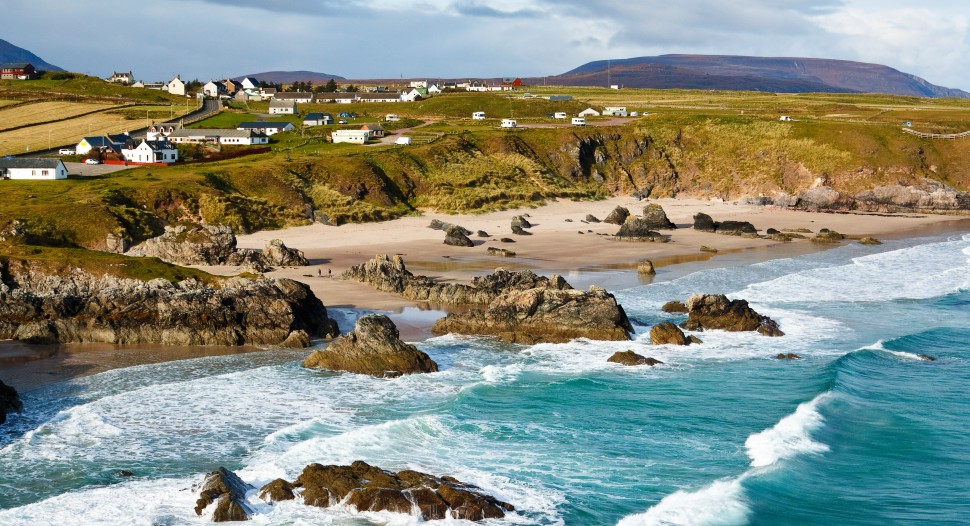 Sangi Beach, Durness, ScotlandBy mid-morning next day we were driving along the top of the UK, stopping occasionally to stare at some of the golden sandy beaches that fringe this remarkable coast. If the climate and water wasn't so chilly, these could be some of the most popular beaches in Europe; but perhaps the weather can be thanked for keeping the place so serene and unspoilt.We kept on east, peering at the science-fiction-like dome of the decommissioned Dounreay nuclear reactor to our left. The landscape was becoming more featureless as we drove, typified by wind-blown grasslands. But the visuals improved greatly when we reached our ultimate destination, John O'Groats. Famed for being the most northerly point in Great Britain, John O'Groats enjoys plenty of tourism. The real 'most northerly point', however, is Dunnet Head – not far away. It was here we headed, where cold strong winds and angry grey clouds set a memorable scene for us high up on those steep-sided cliffs. Once again nature seemed to dominate here, as we gazed out over the steel-coloured sea.It was a lonely but beautiful location to mark the End of Britain, but not beautiful enough to keep us there too long; haggis and chips, ale and a warm hostelry beckoned over in John O'Groats town.
Sangi Beach, Durness, ScotlandBy mid-morning next day we were driving along the top of the UK, stopping occasionally to stare at some of the golden sandy beaches that fringe this remarkable coast. If the climate and water wasn't so chilly, these could be some of the most popular beaches in Europe; but perhaps the weather can be thanked for keeping the place so serene and unspoilt.We kept on east, peering at the science-fiction-like dome of the decommissioned Dounreay nuclear reactor to our left. The landscape was becoming more featureless as we drove, typified by wind-blown grasslands. But the visuals improved greatly when we reached our ultimate destination, John O'Groats. Famed for being the most northerly point in Great Britain, John O'Groats enjoys plenty of tourism. The real 'most northerly point', however, is Dunnet Head – not far away. It was here we headed, where cold strong winds and angry grey clouds set a memorable scene for us high up on those steep-sided cliffs. Once again nature seemed to dominate here, as we gazed out over the steel-coloured sea.It was a lonely but beautiful location to mark the End of Britain, but not beautiful enough to keep us there too long; haggis and chips, ale and a warm hostelry beckoned over in John O'Groats town.